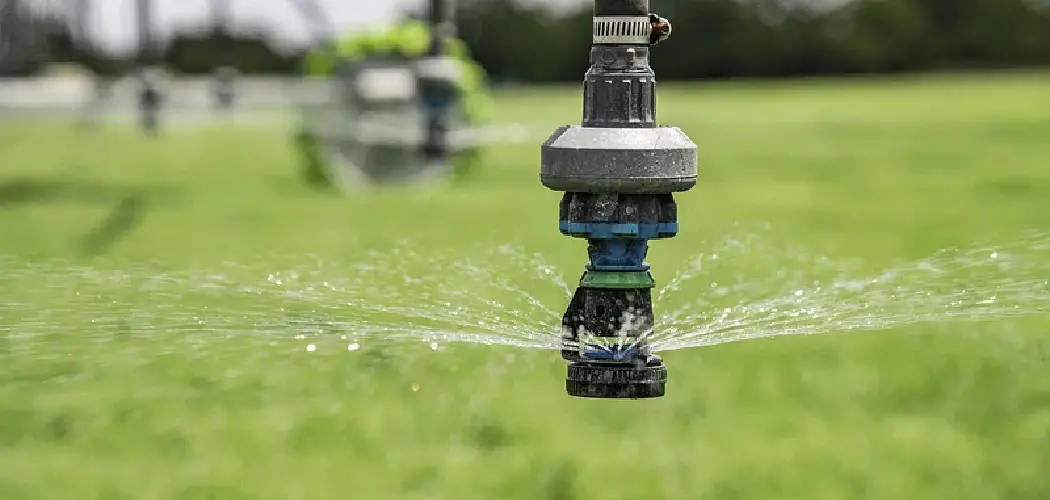Preserving the functionality of your sprinkler system during winter is a crucial aspect of maintaining a lush and vibrant landscape. Freezing temperatures pose a significant threat to sprinklers, potentially leading to costly damage and disruptions when warmer weather returns. In this comprehensive guide, we will explore how to keep sprinklers from freezing.
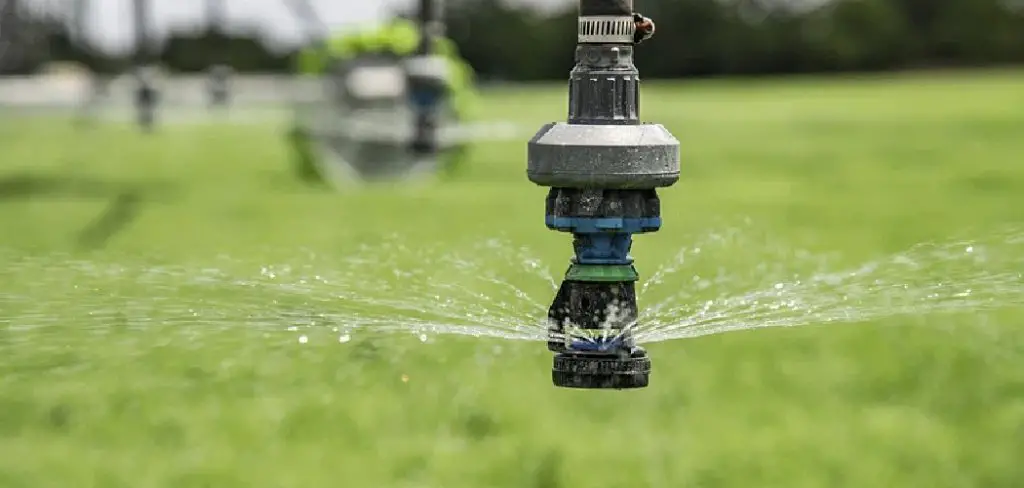
From understanding the importance of proper insulation and drainage to exploring advanced technologies designed for cold weather, homeowners and garden enthusiasts will gain valuable insights into preventing freezing-related issues.
By implementing these proactive measures, individuals can ensure their sprinklers remain operational and damage-free throughout winter, setting the stage for a seamless transition to spring irrigation. This guide aims to empower users with the knowledge needed to protect their investment, promoting a flourishing landscape year-round.
Importance of Preventing Sprinkler Freezing
Sprinkler systems are an essential part of maintaining a healthy, vibrant lawn or garden. They ensure that plants receive the right amount of water at regular intervals, promoting their growth and keeping them looking green and lush.
However, as temperatures drop during winter months, sprinklers can easily freeze if not properly maintained. This can lead to serious damage to your system and costly repairs. In addition, frozen sprinklers can cause water to back up and result in flooding or even damage to your property.
Preventing sprinkler freezing is crucial not just for the health of your lawn or garden, but also for the safety and protection of your home. In this document, we will discuss various methods on how to keep sprinklers from freezing, ensuring that your system runs smoothly all year round.
Insulating Your Sprinkler System
One of the most effective ways to prevent sprinklers from freezing is by properly insulating your system. This involves wrapping insulation material around exposed pipes and fittings to protect them from external temperatures.
There are various types of insulation materials available, such as foam pipe sleeves or fiberglass insulation, which can be easily installed on your sprinkler system. These materials act as a barrier, preventing the external cold temperature from reaching your pipes and causing them to freeze.
Regular Maintenance
Proper maintenance of your sprinkler system is crucial in preventing freezing. This includes clearing out any debris or dirt that may have accumulated in the system, as well as draining the water from the pipes before temperatures drop below freezing.
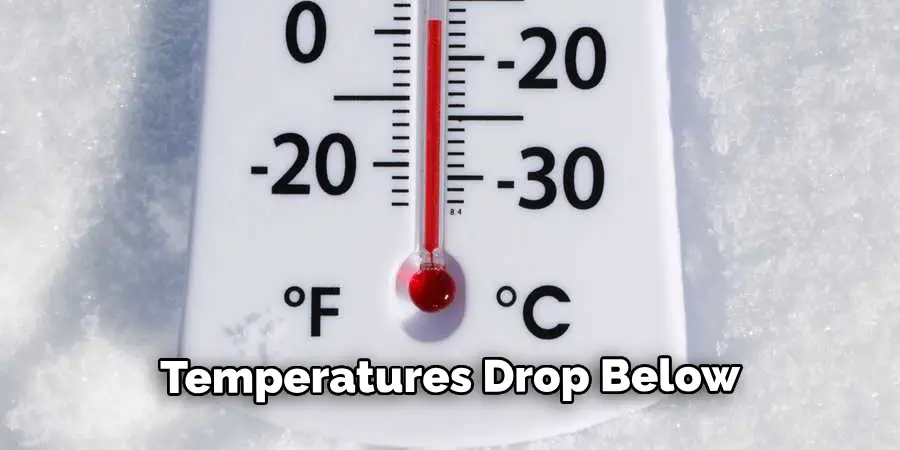
This will ensure that there is no excess water left in the pipes, which can expand when frozen and cause damage.
10 Methods How to Keep Sprinklers from Freezing
1. Insulate the Sprinkler Heads
Insulating your sprinkler heads is one of the most effective ways to prevent them from freezing in cold weather. You can purchase pre-made insulation covers for your sprinkler heads, or you can make your own using a foam pipe insulation tube and a few pieces of duct tape. This will help to keep the water inside the pipes from freezing and bursting, which can cause costly damage to your sprinkler system.
2. Install an Anti-Freeze System
If you live in an area with extremely cold winters, you may want to consider installing an anti-freeze system for your sprinklers. An anti-freeze system is designed to keep water from freezing by circulating it through a series of pipes that are heated by electricity or gas. This system is relatively expensive and requires professional installation, but it is a great way to protect your sprinklers from freezing temperatures.
3. Use Heated Hoses
Heated hoses are another great way to prevent your sprinklers from freezing in cold weather. These hoses are designed with built-in heating elements that keep the water inside the hose warm enough that it won’t freeze, even in subzero temperatures. Heated hoses are relatively inexpensive and easy to install, making them a great option for protecting your sprinklers against freezing temperatures.
4. Wrap Exposed Pipes with Heat Tape
Heat tape is an easy and inexpensive way to keep exposed pipes from freezing in cold weather. Simply wrap the heat tape around any exposed pipes and plug it into an outlet – this will provide enough warmth to keep the water inside the pipe from freezing, even in very cold temperatures. Be sure to check with local codes before using heat tape on any exposed pipes, as some areas have restrictions on its use due to safety concerns.
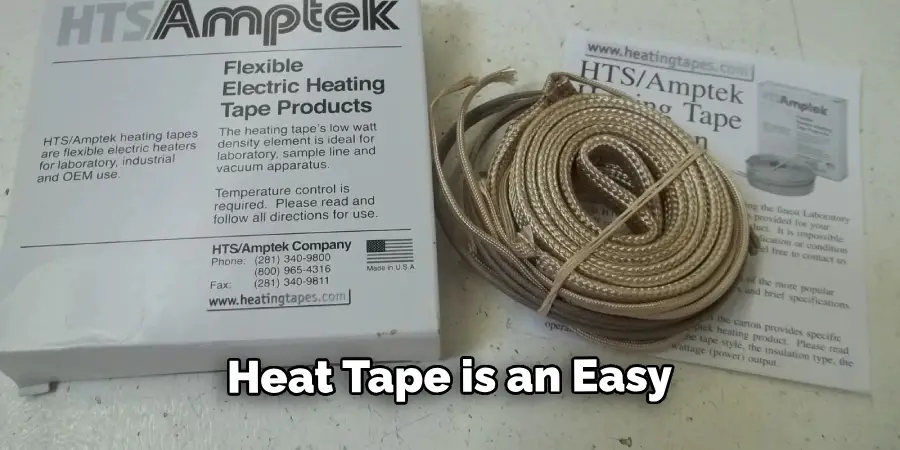
5. Install Drainage Valves
Installing drainage valves on each zone of your irrigation system is another good way to prevent frozen pipes and broken sprinkler heads during winter months. Drainage valves allow you to easily drain any remaining water out of the system before it has a chance to freeze up, thus preventing costly repairs due to frozen pipes or broken heads caused by ice buildup within them.
6. Cover Sprinkler Heads With Plastic Bags
Covering each individual sprinkler head with plastic bags during colder months is another simple yet effective way of keeping them from freezing up and breaking due to ice buildup within them.
The plastic bag should be large enough so that it completely covers each head without touching any other parts of the system; this will help ensure that no moisture gets trapped between the bag and the head itself, thus preventing potential freeze damage caused by ice buildup within them.
7. Adjust Your Irrigation Timer
Adjusting your irrigation timer during winter months is also important if you want to keep your sprinklers from freezing up and breaking due to ice buildup within them. During colder months, try setting your timer so that it runs at least once every three days; this will ensure that all remaining water has been drained out of the system before it has a chance to freeze up and cause damage due to ice buildup within them.
8. Use Insulated Pipe Covers
Using insulated pipe covers during winter months can also help protect exposed pipes from freezing up and bursting due to ice buildup within them. Insulated pipe covers come in various sizes so they can fit over most standard-sized irrigation lines; these covers act as an extra layer of protection against extreme temperatures by providing extra insulation against cold air.
9. Layer Mulch Around Sprinkler Heads
Layering mulch around each individual sprinkler head can also help protect them against extreme temperatures during winter months by providing extra insulation against cold air. Additionally, mulch helps absorb moisture, which can help reduce potential ice buildup within each head if it becomes wet during colder weather.
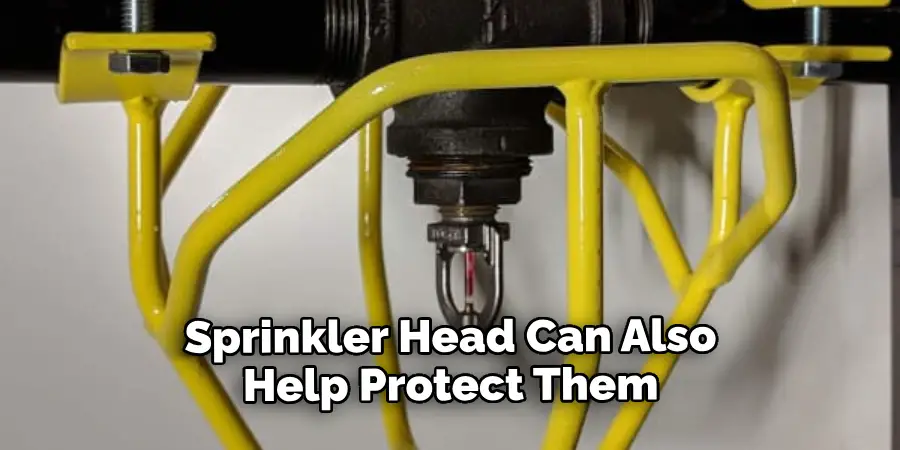
10. Use Cold Weather Sprinklers
Using specialty cold weather-rated sprinklers can also help protect against extreme temperature fluctuations during winter months. Cold weather-rated sprinklers are designed specifically for use in climates where temperatures drop below 32 degrees Fahrenheit; these types of sprinklers contain special components such as rubber seals which help prevent potential freeze damage caused by extreme temperature fluctuations.
Things to Consider When Installing a Sprinkler System
Installing a sprinkler system is one of the best ways to keep your lawn and garden looking healthy and vibrant. With an automatic sprinkler system, you can ensure that your plants are getting the right amount of water without having to manually water them every day. However, when installing a sprinkler system, there are some important things to consider in order to keep them from freezing during the colder months. Here are some tips to help you prevent your sprinklers from freezing.
Choose the Right Type of Sprinkler System
There are several types of sprinkler systems available on the market, but not all of them are suitable for areas with cold climates. If you live in an area where temperatures regularly drop below freezing, it is important to choose a sprinkler system that is specifically designed to withstand these conditions. For example, some sprinkler systems have freeze-resistant designs or are made with materials that can endure colder temperatures.
Consider the Location
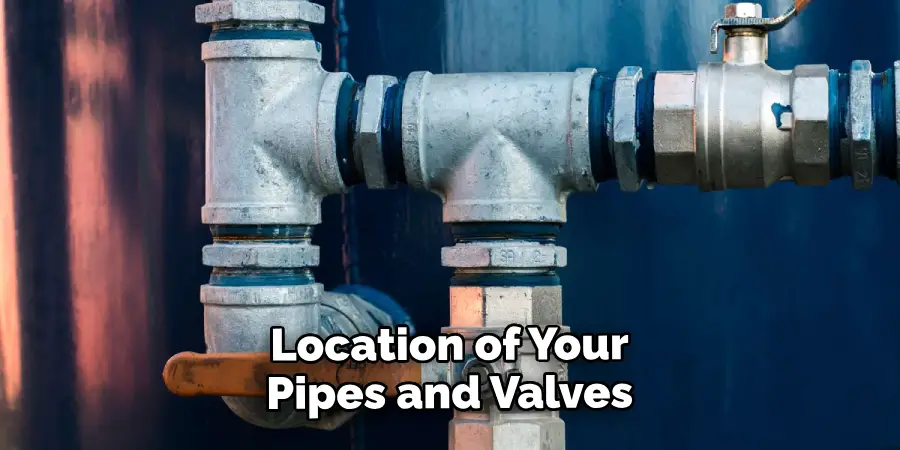
When installing your sprinkler system, make sure to carefully consider the location of your pipes and valves. It’s best to install them in areas where they will be less susceptible to freezing, such as near the foundation of your home or closer to the ground. Avoid installing them in exposed areas that are more exposed to wind and cold temperatures.
Proper Insulation is Key
Insulation plays a crucial role in preventing your sprinkler system from freezing. Make sure to properly insulate all pipes and valves with materials such as foam insulation tape or fiberglass. This will help to keep the temperature of the water inside the pipes from dropping too low and prevent them from freezing.
Install a Drainage System
In addition to insulation, installing a drainage system can also help prevent your sprinkler system from freezing. This allows any excess water in the pipes to drain out before it has a chance to freeze and cause damage. You can install a manual drain valve or an automatic drain valve that will open when the system is turned off, allowing any remaining water to escape.
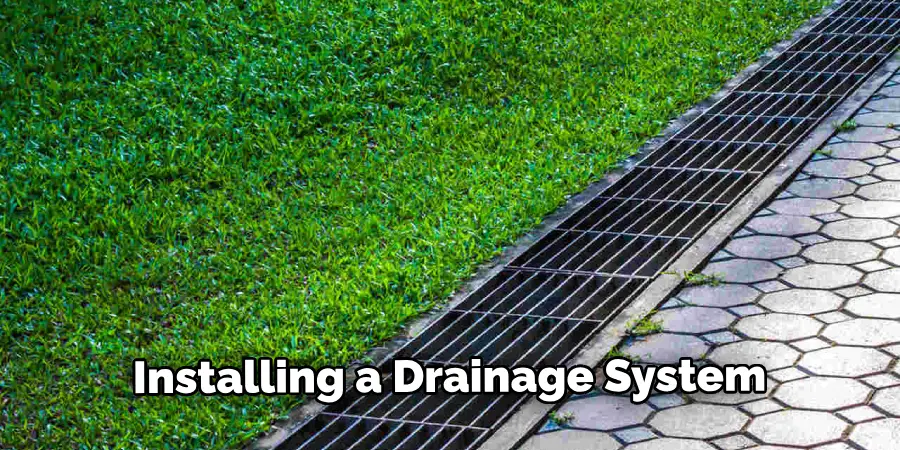
Conclusion
To wrap it up, keeping your irrigation system safe from freezing is essential if you live in an area with cold temperatures. You can use any of the methods provided in this blog post to help protect your irrigation system, including using a heater belt, winterizing with an air compressor and draining water lines. Moreover, invest in energy-efficient insulation and cover pipes that are exposed to avoid freezing.
Lastly, keep outdoor lighting and other electrical components away from sprinklers since they are conductors of electricity that can lead to shorts or damage. Now you’re armed with all the key points on how to keep sprinklers from freezing—what’s stopping you from taking action today? Start protecting your sprinklers and make sure to monitor them throughout the cold season so you’ll be ready for spring!

